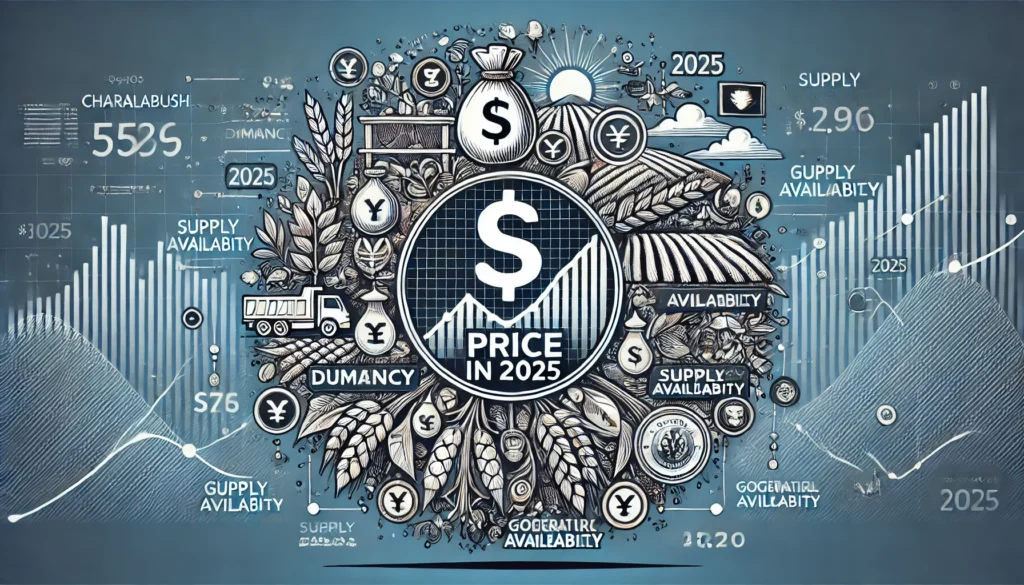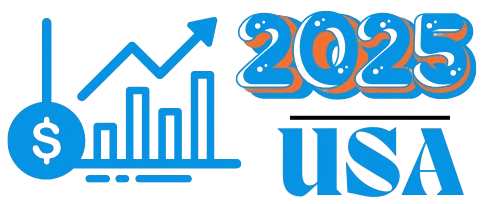Charalabush, a highly sought-after product in various industries, has garnered attention in recent years due to its versatile use and significant role in local economies. For businesses and consumers alike, understanding the current price trends and the factors influencing the cost of charalabush is essential. This comprehensive guide will help you navigate the world of charalabush prices, exploring the forces that shape them and how you can make informed decisions when purchasing.
What is Charalabush?
Charalabush is a unique commodity with applications spanning across several sectors. This versatile material is commonly found in industries such as agriculture, construction, and energy. It is valued for its durability, flexibility, and eco-friendly properties. Derived from natural sources, charalabush has been used for centuries, with its roots in ancient cultural practices where it was seen as a resource for both economic and practical uses.
The production of charalabush is often region-specific, influenced by local ecosystems and agricultural methods. It can be harvested through a series of traditional processes that preserve its natural qualities, making it an environmentally sustainable product. This quality has made charalabush increasingly popular in recent years as global awareness of sustainability issues grows.
Over time, as its demand has risen, so has the price. Understanding what charalabush is, its primary uses, and its environmental benefits can give buyers better insight into its price range. By grasping the core aspects of charalabush, consumers can better assess whether it fits their needs and determine whether the price is justified.
Factors Influencing Charalabush Price

Supply and Demand
The most significant factor affecting the price of charalabush is the basic economic principle of supply and demand. When the demand for charalabush increases, and the supply remains limited, the price tends to rise. Conversely, if the supply outpaces the demand, prices may decrease. Seasonal factors also influence this, as demand for certain types of charalabush can spike during particular times of the year, such as for construction or agricultural purposes.
For instance, if a region faces an increase in agricultural activities or building projects that require charalabush, the demand will surge, potentially causing price hikes. On the other hand, if the region experiences a downturn in these industries, there could be an oversupply, which could drive prices down. As a result, understanding the current market trends and anticipating these shifts can help buyers predict pricing patterns and make more informed purchasing decisions.
Geographic Availability
Geography plays a critical role in determining the cost of charalabush. Since it is often sourced from specific regions, transportation costs and availability significantly influence its price. For example, regions where charalabush is abundantly grown or harvested will have lower prices due to proximity to the source. However, in areas where it must be imported or transported over long distances, prices will naturally be higher due to additional logistical costs.
It’s also important to consider whether the charalabush in question is local or international. Global trade and transportation costs, including fuel prices and shipping fees, can make imported charalabush significantly more expensive. Additionally, in some parts of the world where environmental regulations or restrictions are stricter, the cost of harvesting or processing charalabush can also increase, driving up the price.
Economic Conditions
Economic conditions, both local and global, can drastically affect the price of charalabush. Inflation, changes in currency exchange rates, and fluctuations in global commodity prices often lead to increased production costs. For instance, if the price of fuel rises, the cost of transporting charalabush from remote areas or across countries may also increase, ultimately driving up the end price for consumers.
In times of economic instability, when businesses face increased costs or reduced profit margins, suppliers may raise prices to maintain profitability. This is particularly relevant for industries that rely heavily on materials like charalabush. The global economic environment is another factor to consider, as global trade disruptions, political instability, and pandemics can all cause significant price fluctuations in a short period.
Government Policies and Regulations
Government interventions, such as tariffs, taxes, or subsidies, can have a profound impact on the price of charalabush. For instance, if a government imposes a tax on imported charalabush or sets strict environmental regulations that affect its harvesting, the additional costs will likely be passed down to consumers. Conversely, governments may also introduce subsidies to support domestic production, which can help lower prices for consumers.
Regulations surrounding sustainability, land use, and environmental protection also play a role in determining the price of charalabush. In some regions, where strict environmental regulations are in place, it may become more expensive to harvest or process charalabush due to compliance costs. These regulations are often put in place to preserve natural resources, but they can increase the financial burden on producers and, in turn, affect pricing.
Current Charalabush Price Trends

As of 2025, charalabush prices have seen a notable increase, primarily due to growing demand in construction and renewable energy sectors. These industries have become major consumers of charalabush, contributing to the rising cost. Additionally, shifts in climate patterns and disruptions in global supply chains have added further pressure to the price of this resource.
Currently, the price of charalabush varies significantly by region. Areas with abundant sources tend to have lower prices, while regions that depend on imports or face logistical challenges experience higher costs. Buyers in these regions should be prepared for price fluctuations, especially during peak demand seasons.
For example, in countries where charalabush is harvested locally, such as certain regions in Asia, the price remains relatively stable. However, in markets where it is primarily imported, prices have surged, especially in the wake of supply chain disruptions and rising transportation costs. Consumers are advised to keep an eye on market trends and consider bulk purchases during periods of price stability to avoid paying inflated costs during peak times.
How to Buy Charalabush at the Best Price
Tips for Consumers
To secure the best deals on charalabush, it’s important to follow certain strategies. One of the most effective ways to save money is to shop around and compare prices from different suppliers. Local vendors or wholesale distributors may offer competitive prices, especially if you’re looking to purchase in bulk. Additionally, taking advantage of seasonal sales or promotional offers can help you secure charalabush at a lower price.
Where to Buy Charalabush
Charalabush is widely available through both online platforms and traditional local markets. Many reputable suppliers offer competitive pricing online, where you can compare prices and find deals. It’s also advisable to check for supplier ratings and reviews to ensure you’re purchasing from a reliable source. If you’re located in a region where charalabush is readily available, visiting local markets or directly sourcing from producers might give you an edge in terms of cost.
Understanding Bulk Buying and Wholesale Options
Buying charalabush in bulk or wholesale quantities is another great way to lower costs. Many suppliers offer discounted prices for large orders, which can be beneficial for businesses or consumers who need charalabush for ongoing projects. Before committing to a bulk purchase, however, make sure to factor in storage costs and determine if you’ll be able to use the entire supply efficiently.
Conclusion
The price of charalabush is influenced by a variety of factors, including supply and demand, geographic location, economic conditions, and government regulations. By understanding these dynamics, consumers can make more informed decisions and navigate the complexities of charalabush pricing. As we move into 2025, it’s clear that the demand for this versatile commodity will continue to shape its price trends, making it crucial for buyers to stay up-to-date with market conditions. Whether you’re purchasing for personal use or business purposes, keeping an eye on price fluctuations and leveraging strategies like bulk buying can help you get the best deal on charalabush.
FAQs
What factors determine the price of charalabush?
The price of charalabush is mainly influenced by supply and demand, geographic availability, economic conditions, and government policies.
How does the supply of charalabush vary by region?
Supply varies based on local ecosystems, agricultural methods, and environmental regulations. Regions with abundant charalabush tend to have lower prices.
Can the price of charalabush change based on government regulations?
Yes, government policies such as tariffs, taxes, and sustainability regulations can significantly impact charalabush prices.
Where is the best place to buy charalabush at competitive prices?
Charalabush can be purchased from online platforms, local markets, or wholesale suppliers. Comparing prices across these options is key to finding the best deals.
Are there long-term price predictions for charalabush in 2025 and beyond?
While price predictions vary, increasing demand in sectors like construction and renewable energy suggests that charalabush prices may continue to rise in the coming years.










